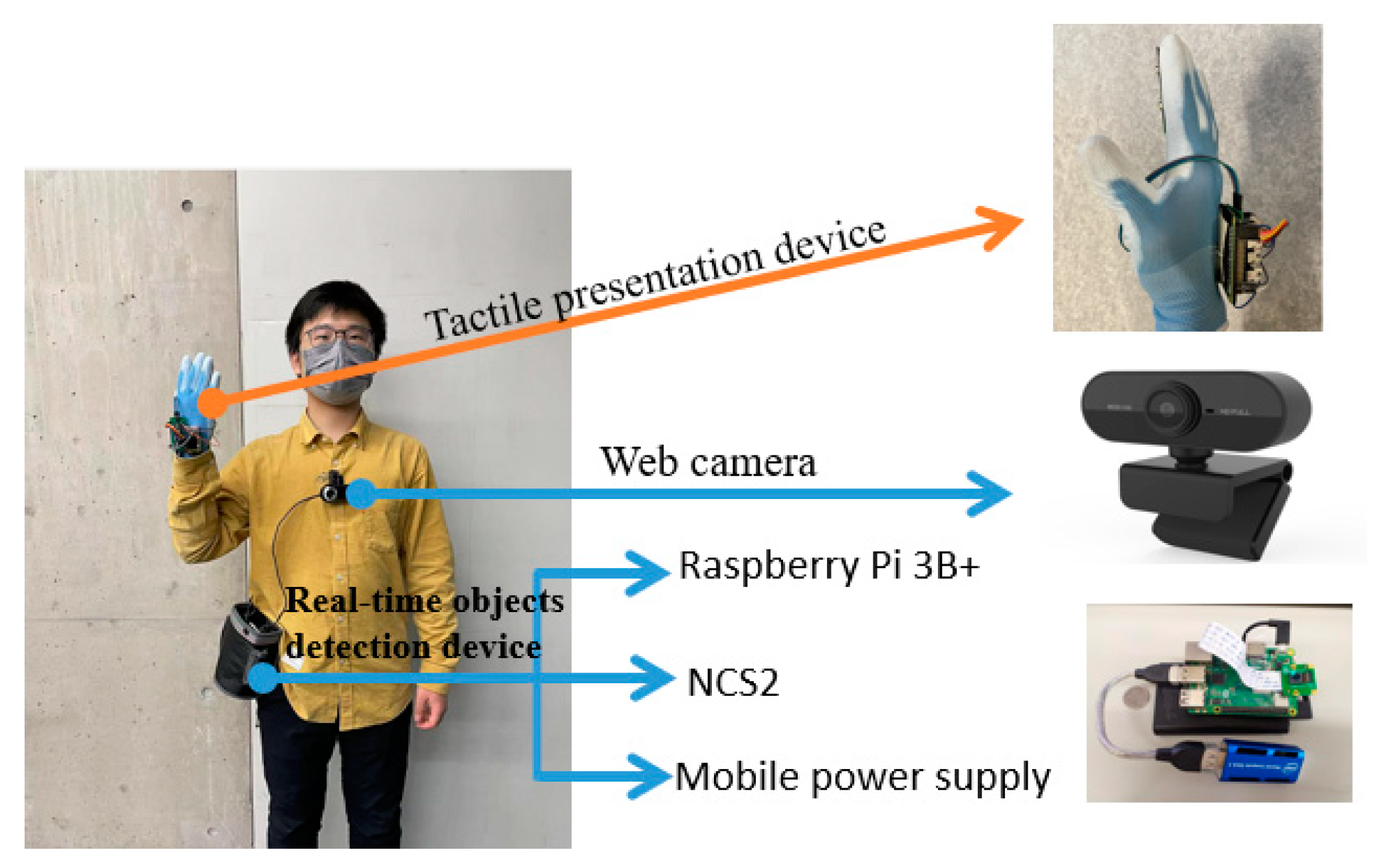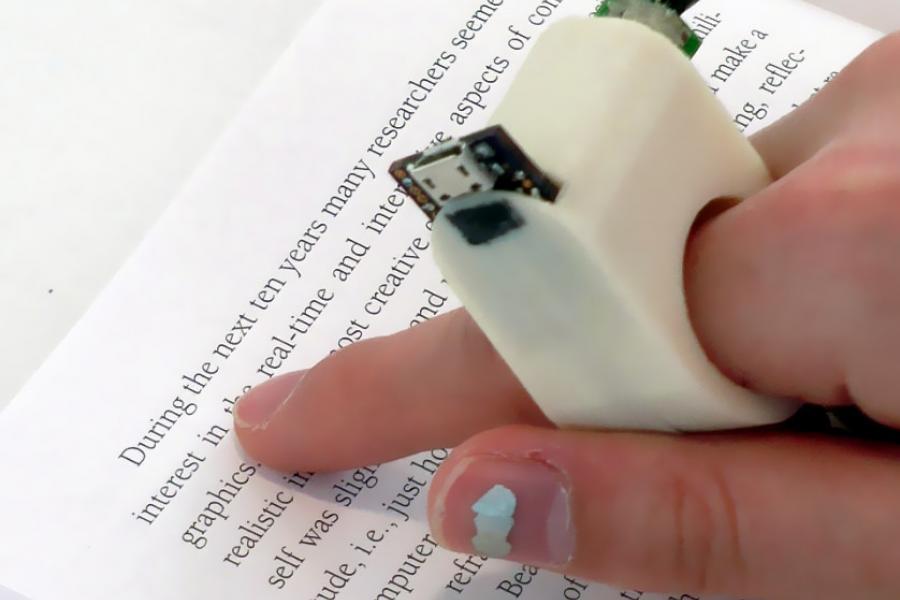Wearable Technology for Low Vision: Making Everyday Tasks Easier
Empowering Self-reliance With Assistive Innovation for the Blind
The integration of assistive technology right into the lives of individuals with aesthetic problems represents a considerable advancement in advertising self-reliance and self-sufficiency. From innovative screen viewers to innovative wise walking canes, these tools not only enhance daily navigation and interaction however also empower customers to involve meaningfully in numerous facets of life. As we discover the myriad benefits and real-world applications of these modern technologies, it comes to be crucial to take a look at the underlying elements that contribute to their efficiency and the possibility for future advancements in this vital area.
Introduction of Assistive Modern Technology

The advancement of assistive technology is based in principles of inclusivity and empowerment. Developments in software application, hardware, and sensory enhancements provide users with alternatives tailored to their specific requirements. From display visitors that transform text to speech, to tactile gadgets that convey details through touch, these tools transform the means individuals involve with their surroundings.
Along with useful applications, assistive technology promotes higher social inclusion and participation in different fields, including education and learning and employment (Mobility aids for visually impaired users). As r & d continue to advance, the capacity for assistive modern technology to better improve the lives of aesthetically damaged individuals remains appealing, leading the way for a more equitable society where everybody can prosper
Kinds Of Assistive Gadgets
A range of assistive gadgets have actually emerged to support individuals with aesthetic disabilities, each made to satisfy certain requirements and boost day-to-day functioning. These tools range from low-tech remedies to modern advancements, giving varied choices for customers.
Low-tech tools consist of magnifiers and large-print products that help in analysis and writing. Braille tools, such as Braille slates and stylus pens, make it possible for tactile reading and interaction. Orientation and flexibility aids, like white walking canes, assist individuals navigate their environment safely.
On the greater end of the range, digital zoom systems and screen readers supply considerable support. Electronic magnifiers permit individuals to expand message and photos on screens, while screen visitors convert electronic web content into synthesized speech, helping with access to info on mobile phones and computers.
Smartphone applications additionally play a crucial role, giving attributes like text acknowledgment and navigation aid. Wearable technology, such as clever glasses geared up with augmented reality, is becoming an appealing tool to improve situational awareness.
Advantages of Assistive Modern Technology
The integration of assistive innovation substantially enhances the high quality of life for individuals with aesthetic problems. These modern technologies equip users by promoting freedom, allowing them to navigate their settings better and perform everyday jobs with higher convenience. For example, display viewers and magnification software application permit people to access electronic information, promoting expert and instructional possibilities that may have formerly run out reach.
Moreover, assistive devices such as wise canes and general practitioners applications provide real-time navigation assistance, boosting movement and safety and security. This enhanced autonomy not only enhances self-worth yet likewise urges social interaction, permitting individuals to participate more fully in their neighborhoods.
Assistive modern technology additionally helps with communication, aiding users get in touch with others through voice recognition and text-to-speech applications. This capability is crucial for maintaining relationships and accessing crucial information.
Furthermore, the modification options readily available with several assistive technologies guarantee that users can customize tools to their details demands, better improving usability and performance. On the whole, the advantages of assistive modern technology for people with visual impairments are profound, promoting a more comprehensive culture where every person can pursue their ambitions and goals.
Study and Success Stories
Highlighting the transformative impact of assistive innovation, countless study highlight exactly how people with visual disabilities have actually effectively integrated these devices into their every day lives. One engaging instance includes an university student that made use of screen analysis software program to navigate on the internet sources and scholastic products effectively. This innovation not only facilitated her education and learning but also enhanced her self-confidence in participating in useful reference discussions and team projects.
One more study includes an expert who uses a smartphone application designed for navigating and things recognition. By utilizing this app, he has restored autonomy in both his personal and work environments, allowing him to commute separately and involve with coworkers better.
In addition, a senior citizen shared her experience with braille e-readers, which allowed her to access a vast array of literary works and stay linked with her area with book clubs.
These success stories underscore the crucial function of assistive innovation in promoting self-reliance, improving lifestyle, and promoting social assimilation for individuals with visual impairments (Wearable technology for low vision). By embracing these cutting-edge tools, users can overcome difficulties and seize possibilities that add to their personal and expert satisfaction

Future Patterns in Assistive Technology
Technology in assistive modern technology is positioned to redefine the landscape of support for individuals with visual disabilities. Arising trends stress the assimilation of artificial intelligence (AI) and equipment understanding, which boost the capability of gadgets that aid with navigation and information availability. AI-driven applications are now qualified of interpreting aesthetic data in real-time, allowing individuals to involve with their environment much more individually.
Furthermore, the development of wearable modern technology is progressing quickly. Smart glasses geared up with increased fact (AR) can give audio summaries of environments, changing how users communicate with public rooms. These gadgets not just promote autonomy however likewise foster social addition.
In Addition, the Web of Points (IoT) is making homes smarter, allowing for smooth connectivity in between assistive tools and day-to-day appliances. This connection empowers customers by making it possible for voice-activated controls and automated actions customized to specific requirements.
Verdict
In final thought, assistive innovation plays a crucial function in empowering people with aesthetic disabilities by improving their independence and engagement with their surroundings. The diverse array of applications and gadgets available not just assists in navigation and communication yet also advertises social combination and possibilities for expert and personal development. As developments continue in this field, the potential for enhancing the top quality of life for those with aesthetic problems will certainly expand, fostering higher freedom and empowerment.
